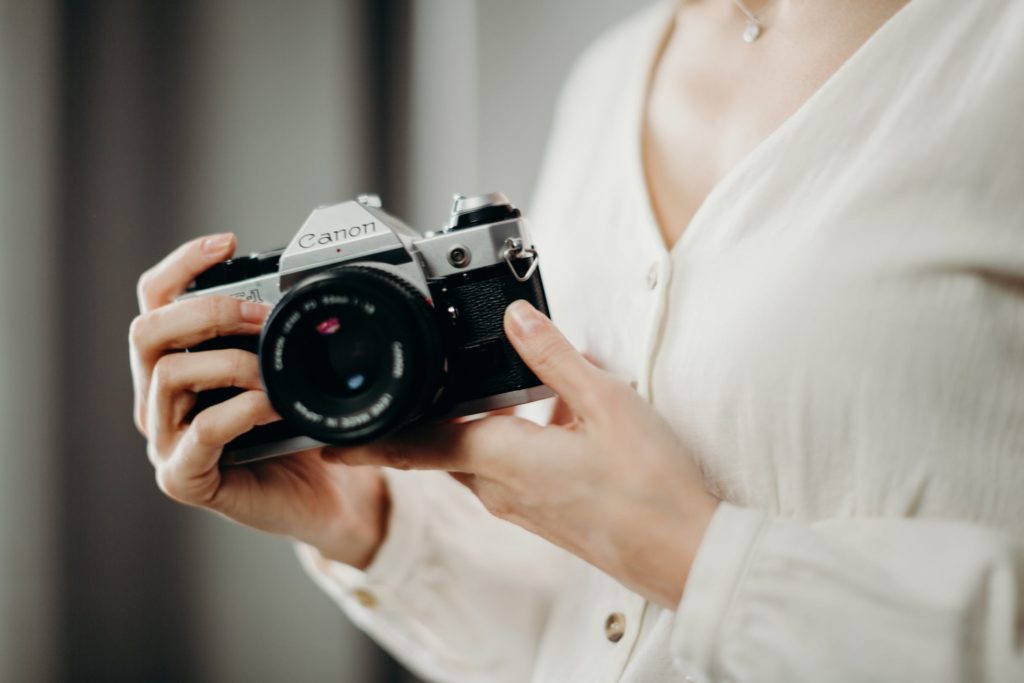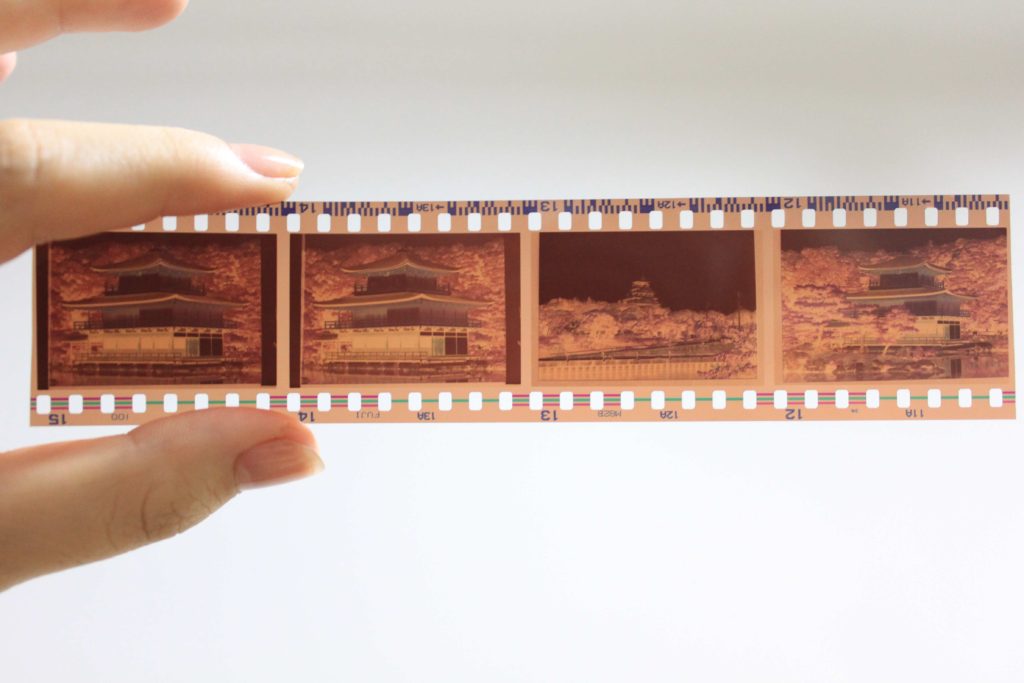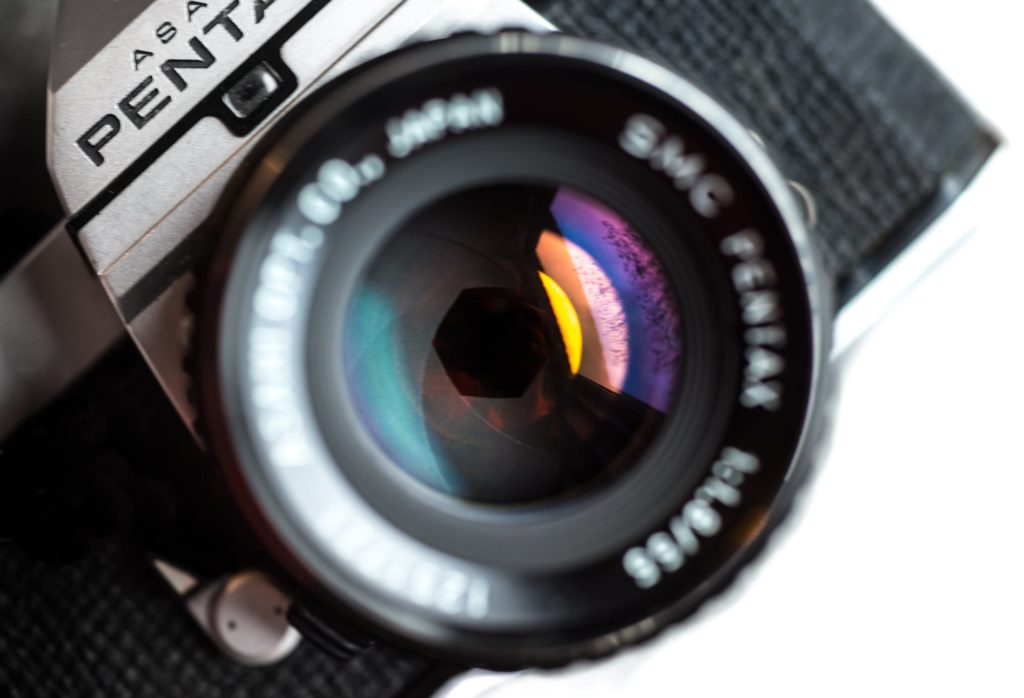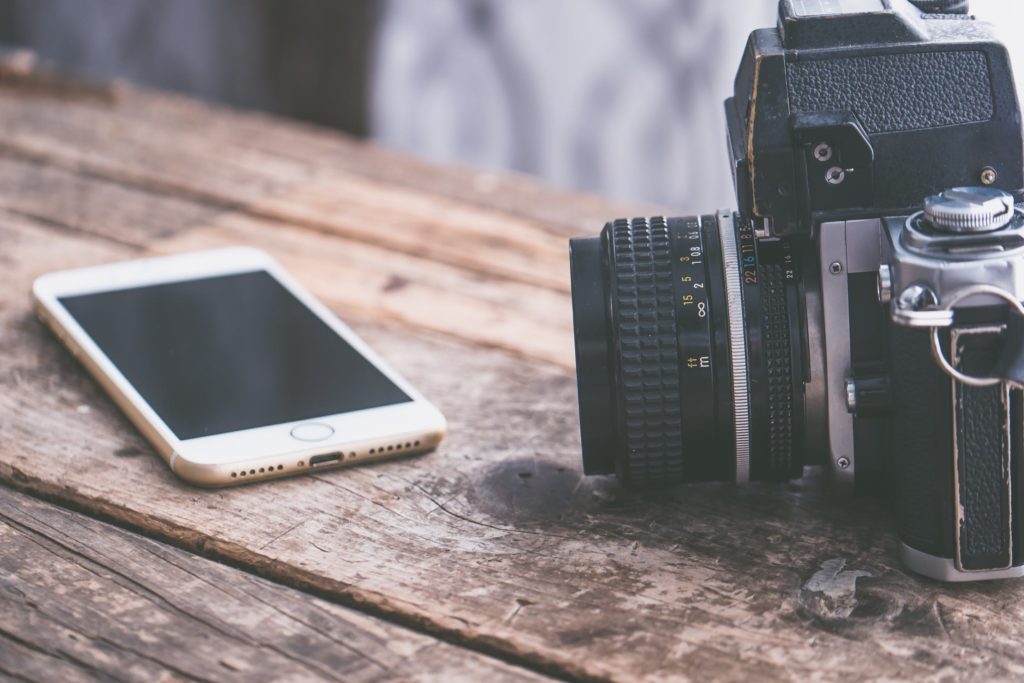In today’s age, everyone shoots digital. Film photography has mainly been relegated to being a small niche. With the exception of those shooting large format photography, most professional photographers have made the transition to digital photography.
There are, however, people still shooting film. These range from absolute beginner to professional. By “professional”, I mean people getting paid for their photography. It’s not a reference to the skill level of the photographer.
This article is mainly geared towards the beginner to intermediate enthusiast, including professionals that may be new to film photography. Using a digital camera, one usually doesn’t have to worry about some of the things this article highlights.

There are some things that experienced film photographers do, habits if you may, that eventually contribute to better photos. “Better” refers to the technical outcome, and not the artistic quality of the photograph.
Respect the light
Film is extremely sensitive to light. Film photographers are known to treat their rolls as though they have a light allergy. This is more so before the photos are exposed. Avoid having your film rolls sitting outside on a sunny afternoon for example. Yes they are protected inside the light-tight canisters, but you never know. When possible loading and unloading film from the camera is done indoors or away from direct sunlight.
There’s also the ‘light’ we can’t see. Visible light is just a part of the electro-magnetic spectrum. There’s Infrared, Ultraviolet all the way to X-rays and Gamma rays. Film is extremely sensitive to those. X-rays, and other such ionising radiation, can penetrate the film canisters and interact with the film.

X-rays are usually encountered by most people at medical facilities and airports. There are airports where they are aware of the effect of radiation on film, but that has become few and far between as people become less aware of film photography. In these airports, you can request a manual inspection of the rolls to avoid passing them through the beams. Mind you, the modern beams used have much lower energy than in the past so your rolls are apparently safe up till around 800 ISO. There are lead bags you can buy to protect the film from the beams, but honestly, the official will probably flag your luggage if you do that.
It's advised to keep the film in the carry-on luggage. The checked in luggage is scanned with much more powerful energy beams.
Talking of Infrared and other light we can't see, which film is sensitive to, there is a whole world of Infrared photography. This is a great article about Infrared Photography.
Freeze
Apart from light, temperature also affects film rolls. Subjecting film to high temperatures, or even room temperature, for a long period of time may affect the colours rendered during exposure.
Film photographers are known to keep their film rolls in as low temperature as possible by putting them in a freezer, or at least in a fridge. The idea is to slow down, or halt altogether, any thermo-chemical reactions in the film. This is more so for fresh film than exposed film.
While that may seem a little strange to people with no experience with film photography, that’s actually a normal thing to do. People are known to have dedicated freezers for their film rolls, having them frozen for years, if not decades.
For people shooting film for a bit of fun, however, it’s probably sufficient to store them in a cool, dry place.
The film should first be brought to room temperature before processing to avoid damage from condensation and moisture.
Get to know your the emulsion
Not all film rolls are the same. In terms of quality and performance, there is a very vast range to chose from. What works for one type of film may not work for another. This is why it’s a very good habit to get to know the film you’re working with. You can achieve this by shooting the same film for a period of time.
Some of the things you may discover when spending time with the same film emulsion is how it renders colour, and which colours it “likes” the best. Some film emulsions love the colour red, while some do a terrible job at it.

Some are heavily saturated while some are more muted. Knowing your emulsion will help pick the correct one in advance, since you have to, to fit the style of photography you are after.
Another thing you may learn from using the same film over a period of time is how it handles pulling or pushing. Some emulsions will respond very well to pushing, but not to pulling for example.
Overexpose
Film loves light. I said earlier on that experienced film photographers treat their film rolls like they’re allergic to light. That’s true for all other ways light reaches the film, except through the camera lens. In which case, the more light you have the better.

Unlike digital sensors, film doesn’t have a linear reaction to light in the highlights and shadows. The popular advice when shooting digital is to ‘expose for the highlights’. The idea is not to ‘clip the highlights’ because it results in loss of information. Digital sensors, particularly modern ones, are also able to store a lot of data in the shadows that can be pulled out in post production.
It’s the reverse for film. Being a photo-chemical reaction, exposure is more approximate, and it isn’t linear in the highlights. This means that you can actually ‘blow out’ the highlights, within reason, with film, and still retain detail. Sadly, it’s not the same in the shadows. If you underexpose the shadows, you will end up with muddy patches in your photo. Any attempt to ‘lift’ the exposure in post will result in a patchy mess.
This is why most experienced film photographers usually either overexpose by at least 1 stop generally, or at least expose for the shadows in a scene. This is counterintuitive to many modern users of DSLRs, but it makes sense once you give it some thought.
This is a great article about exposure compensation.
Play the Sunny 16 Game
This is one thing that a lot of film shooters that I know do – they play the exposure guessing game. What that means is, even when they’re not out shooting photos, they would look at a particular scene, pick an ISO in their head, and guess what the exposure is.
For example, in a well-lit living room on a sunny day with the windows open, at ISO 800 one might guess “f/2.8 and 1/60”. One would then meter the scene to see if the light meter agrees. One does not need a traditional light meter for this – any digital camera with manual controls, or a smartphone with a light meter app will do.

The more one does this, like anything, the better one gets at visually estimating exposure. Why would someone want to do this though? After all most modern film cameras have inbuilt light meters. Besides, one could use a light meter app on the smartphone.
I’d say that having a “feel” for what the exposure should be before metering helps detect metering errors. Errors could be due to the light meter metering for the wrong spot on the scene. In the case of inbuilt meters, there’s the additional issue of voltage errors due to the battery. Many vintage cameras also do no have inbuilt light meters, so knowing ones way around estimating exposure with the Sunny 16 rule could prove very useful in that scenario.
As mentioned above, none of these habits will improve the actual artistic allure of one’s photography. They only promote one’s chances of getting more technically sound photographs – fewer muddy underexposed, light leaked, colour shifted, low contrast photographs.
I'd interested to know in the comments if you're a film photographer, or shot film back in the day, what other habits you had that proved useful.




